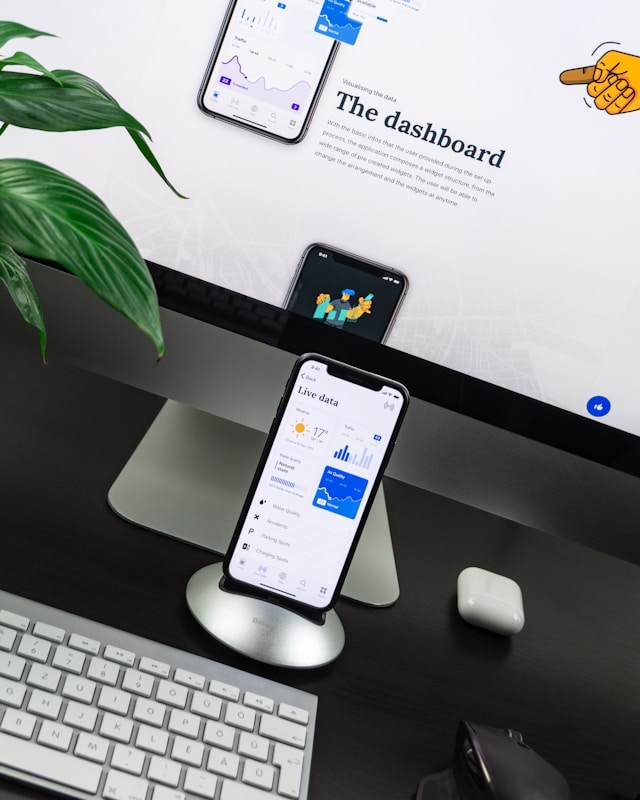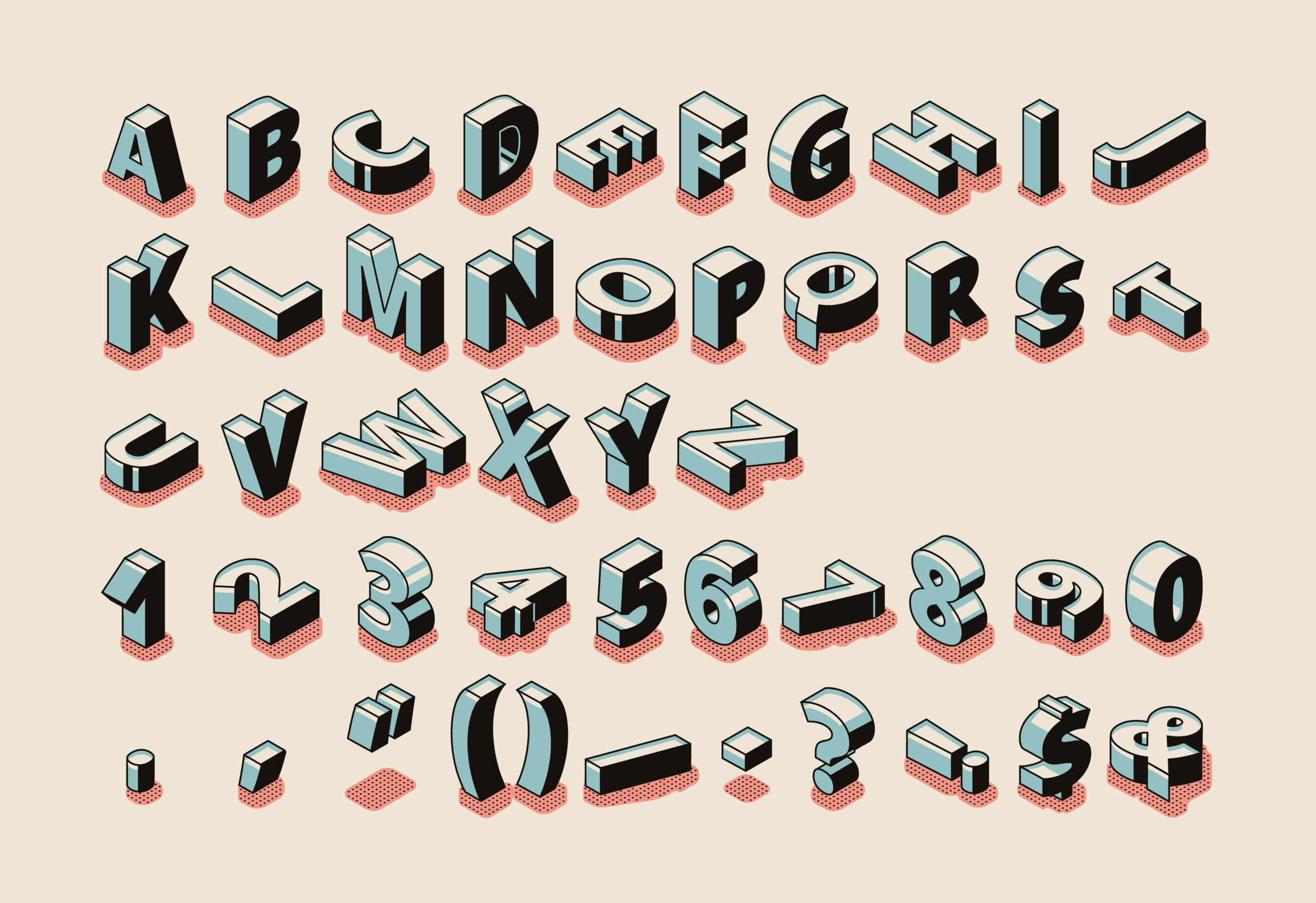Every touchpoint that users have with your brand or product contributes to the user’s satisfaction with their experience.
Every landing page, onboarding flow, and product element will impact the user. When put together, they can either make them loyal to your brand or make them never use your products again.
Similar to graphic design, the process of UX design is vital to creating a successful product. Needless to say, understanding what UX design is is the only way to ascertain consistent success within this field.
Within our actionable guide, we shall explore the meaning of UX design. We shall also examine the role of UX designers and how they utilize the design process. Inspired by a UX designer’s dedication to going above and beyond for their users, we’ll also explore tools and courses!
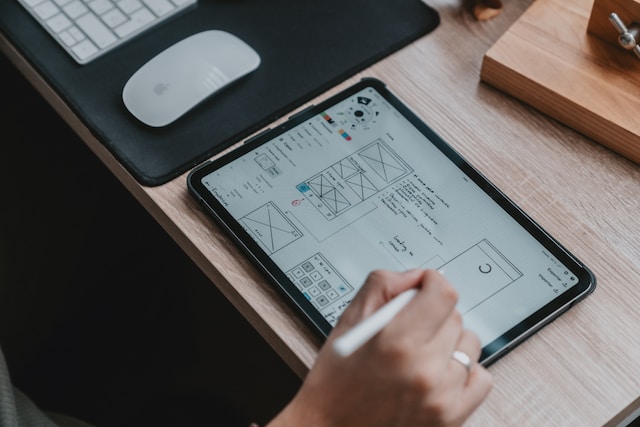
What Is User Experience Design?
So, what is user-experience design, aka UX design?
User-experience design refers to the process of designing digital products that are useful, intuitive, and enjoyable for the user.
The elements of your UX design process will determine the experience that your user has with your product. Thus, creating a satisfactory user experience is immeasurably important to the success of a business or brand.
The UX design process considers the user’s journey when interacting with a product or service.
Whether that interaction resolves a user’s issues or helps them find relevant information, it should satisfy the user’s needs.
What Is a UX Designer?
To understand user-experience design completely, you must understand what a UX designer is.
UX designers are responsible for digital product development. It is important not to confuse UX designers with UI (user interface) designers. Unlike UI designers, UX designers aren’t solely responsible for the visual design of a product.
Instead, they are responsible for the application of UX fundamentals like human-centered design and user research or user testing.
Simply put, UX designers contextualize their target audience and familiarize themselves with the user’s needs.
UX designers transform data into intuitive products by combining the brand’s identity with the user’s beliefs, motivations, and expectations.
The Duties of a UX Designer
The duties of a UX designer will vary depending on the company they work for. However, regardless of where a UX designer works, certain duties remain unchanged.
Here’s a list of the typical duties of a UX designer:
- The planning and execution of user research and competitor analysis.
- The creation of user personas and storyboards.
- The clarification of information architecture.
- The creation of sitemaps.
- The creation of prototypes and wireframes.
- The execution of usability testing.
- The interpretation of data and qualitative feedback.
- The collaboration between interaction designers and visual designers.
- The analysis of user issues, with the intention of recommending solutions.
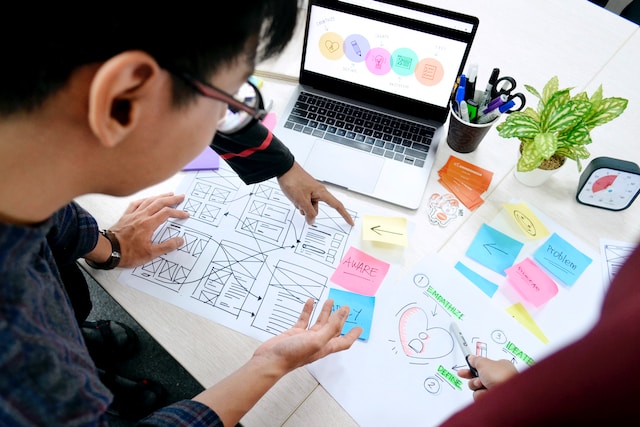
The UX Design Process
We can break down the UX design process into three components: user research, design, and implementation.
1. User Research
This involves interviewing or observing real users to determine their issues and what they require from your resolutions.
User research contextualizes the users as individuals, uncovering their behaviors, goals, motivations, opinions, attitudes, expectations, and — most importantly — desires.
Research also illuminates how users navigate through similar products and how they feel when they interact with said products.
Your research will eliminate personal biases, which is important when considering a vast target demographic. You’ll be working with users who come from a range of different backgrounds and have unique desires and experiences.
Without this research, you risk missing opportunities to refine your products, which is essential to acquiring loyal customers.
In essence, user research is a means of always learning more about your users’ perspectives.
We shall now reveal some of the most effective methods of conducting user research:
- Card sorting
- Tree testing
- Five-second testing
- A/B testing
- User interviews or local meet-ups
- Usability testing
- Surveys
- Focus groups
- Field studies
- Diary studies
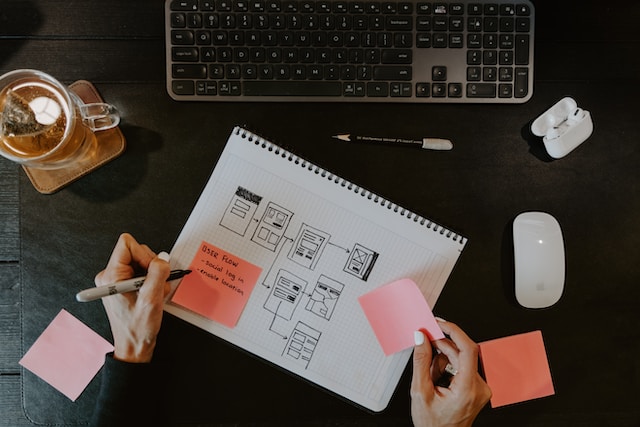
2. Design
The design stage is where you choose the most feasible solution to a user’s problem and bring it to life!
During this stage, UX designers will create wireframes and prototypes to conduct tangible tests on potential users. The primary goal of the design stage is to ensure the usability of your products.
You will start by sketching or visualizing your ideas, which inspires creativity and allows you to receive early feedback.
You will then create a wireframe, which is a simple representation of a page’s interface. This will connect your product’s visual elements to its information architecture.
Your wireframe will reveal the allocation of screen space and how to prioritize and arrange content.
Once completed, the UX designer will transform the wireframe into a prototype. A prototype is a working draft of your product that helps determine its usability and enjoyability. Prototypes reveal areas for improvement.
Once the prototype is ready for production, design teams pass the design specifications to the development team for coding.
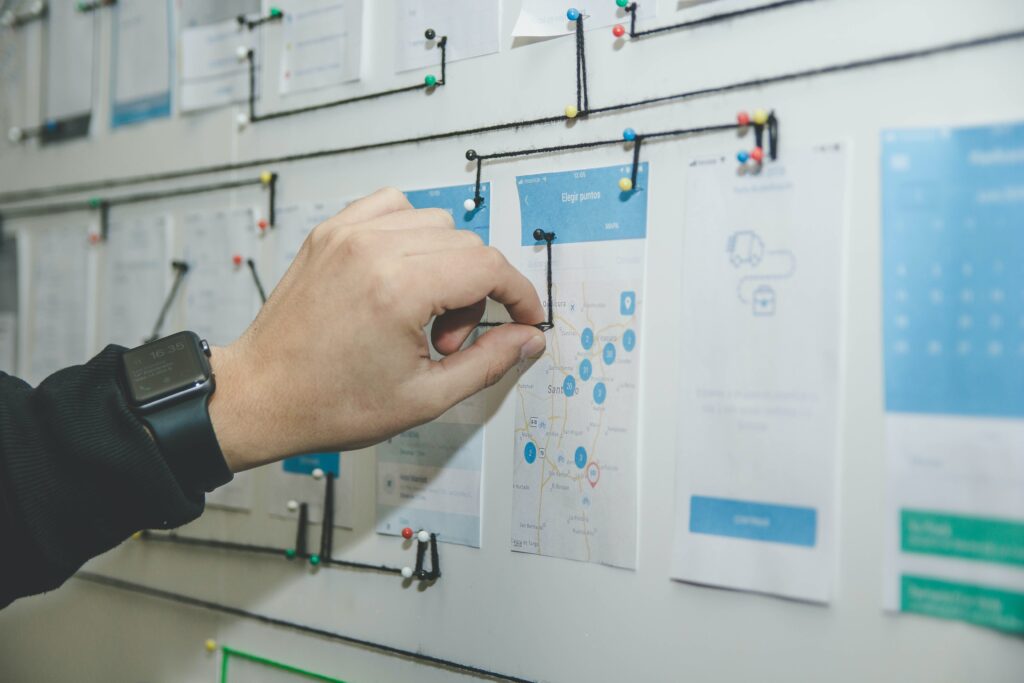
3. Implementation
During this stage, UX designers will determine whether their product is usable and enjoyable for their users.
Initially, members of your team will test your product. Eventually, real users will also be able to test your product. This testing often includes analytics reviews and live usability testing.
After refining any remaining inconsistencies, your product will be ready to launch!
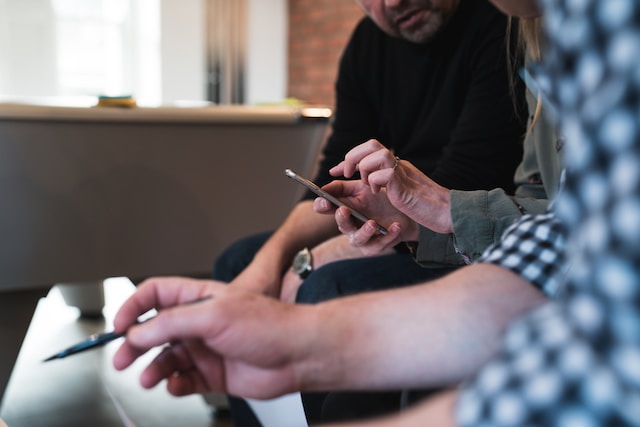
Refining Your Design Skills With a UX Design Course
The skills of a proficient UX designer are incredibly coveted by employers. Because of this, there is an abundance of UX design courses to choose from!
Before we unveil ten excellent UX design courses, it’s important to know what you need from a UX course.
You should ask yourself:
- Would it be better (regarding accessibility) to study online? Or would it be best to study via a hybrid learning system?
- Do I need a course that is flexibly paced?
- Do I need to consider my budget?
- Should the course duration affect my decision?
- Does the course offer multiple forms of learning (videos, quizzes, case studies, etc.)?
- What certifications or qualifications will I receive if I enroll in this course?
- Does the course offer offline access?
- How often are the classes?
- Who will be teaching my course?
- Is this course suitable for entry-level UX designers or experts?
- What areas of UX design do I need to prioritize for improvement?
- What are former students saying about this course?
Now that you have your personal criteria, it is time to apply them to some excellent UX design courses.
- CareerFoundry
- DesignLab
- Coursera
- General Assembly
- The Interaction Design Foundation
- Udemy
- UX Academy
- FutureLearn
- UX Design Institute
- Experience Haus
- The School of UX
So, which course is the best?
There is no objective answer because it is up to you to determine which course will benefit you most.
However, by using the criteria above, you will better understand which course is the best for you.
UX Design Tools That You Should Utilize
Whatever course you enroll in, it is safe to assume you must demonstrate your skills in real-life projects.
So, in order to prepare you for these projects (and your future UX design career), we’ve assembled some helpful UX design tools.
UX Design Examples: Patterns You Should Emulate Within Your Own Design Portfolio
Here are two examples of excellent UX designs.
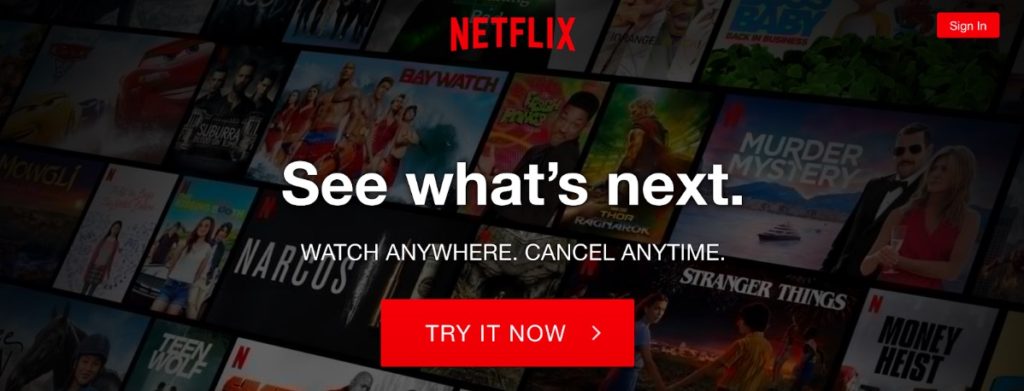
1. Netflix
Netflix’s homepage displays a clean, easy-to-follow visual hierarchy. Due to its clutter-free visualizations, the user can quickly complete Netflix’s call-to-action and enjoy its content effortlessly.
Their use of minimal copy is clear and concise, demonstrating exactly what the user should expect from their product. To contrast their minimal copy, they utilize a range of images relating to movies and TV shows.
These images are visually appealing, but beyond their aesthetical value, they support Netflix’s most prominent feature: unlimited access to media.
Additionally, these images also display movies/TV shows from a vast array of genres. This demonstrates their understanding of the diverse needs of a range of different user personas.
Netflix draws users to unlimited access to a range of different media. So, it makes perfect sense to make the sign-up process straightforward and easy to work through.
You should apply this to your own products. Utilize your visual elements to bolster the appeal of your product’s most prominent features. In doing this, you are drawing users in without making them read copious amounts of copy. If your CTA has a considerable learning curve, you risk losing your users’ interest before they’ve even experienced your product.

2. Spotify
Every UX designer wants to make their product accessible to as many users as possible. To achieve accessibility without compromising your product’s enjoyability, you should consider how your UX design translates to different devices.
Consider Spotify’s mobile app. Specifically, Spotify’s ‘end-of-year wrapped stories.’ Through Spotify’s Instagram-like stories, the user has to tap the screen to progress, which is easy to use and engaging.
Through this feature, Spotify’s UX designers have created an enjoyable personalized experience for their users. By using the user’s in-product data, Spotify has excellently created a unique user experience for every user.
Additionally, by making this data incredibly easy to share, the UX design promotes a popular social element. This draws more potential customers to their product.
You should consider methods of personalizing your user’s unique experience with your product. By making your products personalized and enjoyable, you prompt your users to share their experiences.
Needless to say, this is a great way of attracting more clients.

A UX Design Salary: What You Can Expect To Earn as a UX Designer
User experience designers dedicate a lot of time, money, and effort to creating engaging digital products. It’s only fitting that they receive a UX design salary that reflects their labor.
Below, we have examined the salaries of UX designers at different stages of their careers!
1. Entry-Level UX Designers
An entry-level UX designer in the USA can expect to earn an average salary of $80,760 per year.
However, depending on the location/size of your company, you could earn anywhere between $63,000 – $105,000 per year.
Note: this average is based on entry-level UX designers with 1-3 years of experience.
2. Mid-Level UX Designers
A mid-level UX designer in the USA can expect to earn an average salary of $101,277 per year.
However, depending on the location/size of your company, you could earn anywhere between $82,000 – $125,000 per year.
Note: this average is based on mid-level designers with 4-6 years of experience.
3. Senior-Level UX Designers
A senior-level UX designer in the USA can expect to earn an average salary of $137,483 per year.
However, depending on the location/size of your company, you could earn anywhere between $113,000 – $169,000 per year.
Note: this average is based on senior-level designers with 7-9 years of experience.
The Heart of UX Design: The User
Whether designing a mobile app or a website, your users should always be at the front of your mind.
Understanding who your users are as people and empathizing with their needs is crucial to prioritizing the user’s needs.
So, with that being said, it’s time to put what you know to good use. Now that you know what UX design is, you must build a portfolio that follows the design process.
Easier said than done, right? Why not learn from proven products?
Page Flows is an incredibly useful resource for interaction design inspiration. Specializing in a range of different sectors, from food delivery to finance, Page Flows excels at finding new, creative solutions.
Page Flows has garnered over 1,000 happy customers from revered brands via our unparalleled user flow design decisions. We pride ourselves on our ability to ensure users get exactly what they came for.
Get started today to access our growing library of user flow recordings and finally stay up-to-date with current design trends.




